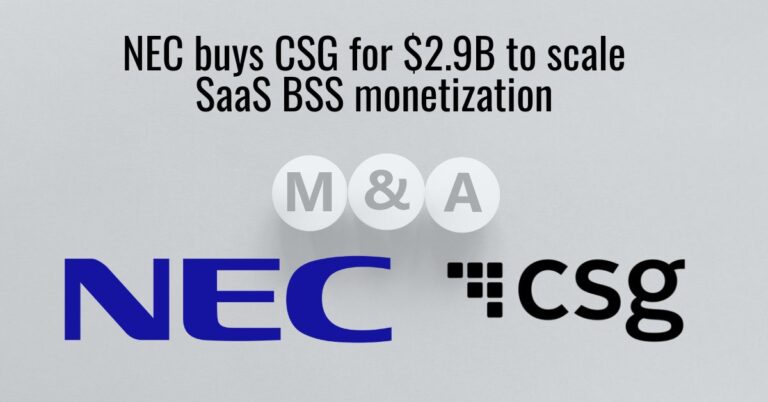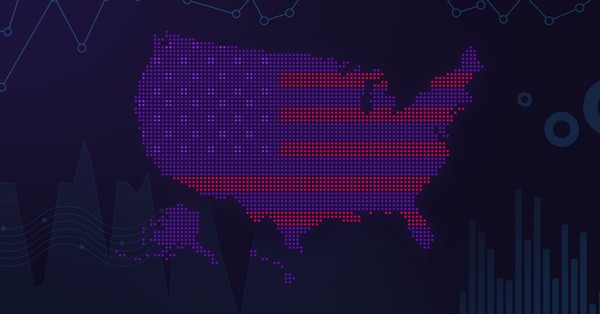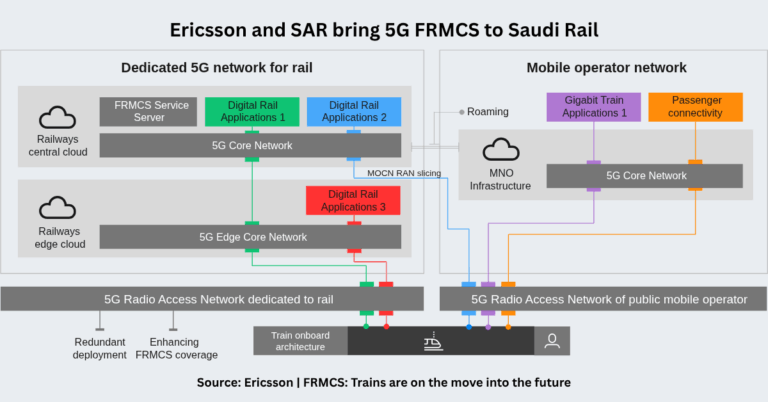AT&T’s Growing FWA Footprint: Internet Air Reaches 59 Markets
AT&T’s fixed wireless access (FWA) service, known as Internet Air, has marked a significant expansion, now covering 59 markets across the United States. This expansion includes the recent addition of 26 new markets, signaling AT&T’s commitment to growing its FWA service reach.
Simplifying Self-Installation for Users
A major development alongside this expansion is the simplified self-installation process AT&T has introduced for new Internet Air subscribers. Erin Scarborough, AT&T’s President of Broadband and Connectivity Initiatives, highlighted in a blog post that customers can now start installing their service by scanning a QR code. This scan leads to an easy-to-follow, step-by-step guide. The AT&T Smart Home Manager app assists users in identifying the optimal location in their home for the strongest connection. To further boost user experience, AT&T offers Wi-Fi line extenders to create a seamless Wi-Fi mesh network, effectively eliminating dead zones within the home.
Pricing and Availability
Priced at $55 per month (excluding taxes) with autopay, AT&T’s Internet Air aims to offer an affordable FWA solution. The company guarantees no price hikes for at least the first year. Customers can also avail up to five line extenders at an additional cost of $10 per month, with the number needed determined by AT&T. Notably, specific state charges apply in Ohio, Nevada, and Texas.
AT&T’s Position in the FWA Market
Despite its recent strides, AT&T entered the FWA market relatively late, trailing behind other major mobile service providers like Verizon and T-Mobile. However, AT&T’s approach to FWA has been one of cautious expansion and focus on areas where fiber optic solutions are not yet feasible. At the Internet Air launch in August, an AT&T spokesperson emphasized their commitment to fiber as the superior technology, viewing FWA as a “bridge to the future” in areas currently beyond the reach of their fiber network.
Coverage and Expansion Details
Since its initial rollout, AT&T’s FWA service has seen substantial growth. The service now includes significant markets such as San Diego and Santa Barbara-Santa Maria-SLO in California; Baltimore, Maryland; several Texan cities including San Antonio, Austin, and Corpus Christi; Charlotte and Raleigh-Durham in North Carolina; various Florida cities including West Palm Beach-Fort Pierce and Jacksonville; and locations in Oklahoma, Indiana, New York, Arkansas, and Georgia.
Enhanced Connectivity and User Experience
In addition to expanding its geographical reach, AT&T is enhancing the overall user experience of its Internet Air service. The company has focused on making the setup process as user-friendly as possible. With the AT&T Smart Home Manager app, customers receive guidance to find the best location in their home for optimal signal strength. This is particularly beneficial in ensuring consistent and strong connectivity throughout the house, an aspect crucial for households relying on multiple devices.
Technology Behind AT&T’s FWA Service
AT&T’s Internet Air utilizes the latest FWA technology, leveraging cellular networks to provide high-speed internet service. This technology is particularly beneficial in areas where laying fiber optic cables is challenging or not yet feasible. FWA serves as a robust alternative, offering speeds and reliability that can compete with traditional broadband solutions.
Comparing AT&T’s FWA with Competitors
While AT&T was not the first to enter the FWA market, their strategic rollout reflects a focus on quality and coverage. Unlike its competitors, Verizon and T-Mobile, AT&T has been more measured in its expansion, ensuring that each new market receives a high level of service and support. This approach could position AT&T as a reliable provider of FWA services, appealing to customers who value consistency and quality.
Future Plans and Fiber Integration
AT&T’s spokesperson’s reference to FWA as a “bridge to the future” underscores the company’s long-term vision. While FWA is a key component of their current strategy, AT&T continues to invest heavily in expanding their fiber network. This dual approach allows AT&T to provide immediate solutions to areas without fiber while laying the groundwork for future fiber expansion.
Impact on Rural and Underserved Communities
One of the most significant aspects of AT&T’s FWA expansion is its potential impact on rural and underserved communities. These areas, often left out of traditional broadband rollouts, stand to gain significantly from FWA technology. With Internet Air, AT&T is not just expanding its market reach; it’s also playing a crucial role in bridging the digital divide, bringing high-speed internet to communities that have previously had limited or no access.
Customer Feedback and Adaptation
AT&T’s expansion strategy includes a strong focus on customer feedback and adaptation. The company has been receptive to user experiences, continually refining its service to meet the evolving needs of its customers. This adaptive approach is critical in the rapidly changing telecom landscape and positions AT&T as a customer-centric provider in the FWA space.
Conclusion
AT&T’s expansion of its Internet Air service to 59 markets is more than just a growth statistic. It represents a strategic move into the FWA space, offering a viable, high-quality internet solution to a diverse range of markets. With its user-friendly installation process, commitment to service quality, and focus on both immediate and long-term connectivity solutions, AT&T is poised to become a significant player in the FWA market.
Also, read 5G & FWA: Overcoming Capacity Crunch for Enhanced Connectivity and Fixed-Wireless Access (FWA): Powering 5G’s Expansion.









































